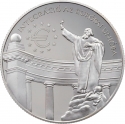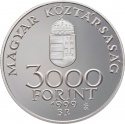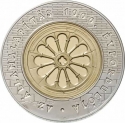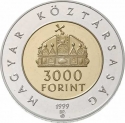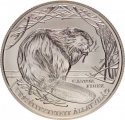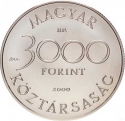You are about to finish your registration. Please check your mailbox (including spam folder). There should be a letter with a confirmation link. Check setting to make sure that your e-mail address is correct.
Send letter againDescription
The Rubik's Cube, a 3-D puzzle game, was invented in 1974 by Hungarian sculptor and architect Ernő Rubik. Originally named the Magic Cube, it was licensed for sale by Pentangle Puzzles in the UK in 1978 and later by Ideal Toy Corp in 1980 through businessman Tibor Laczi and Seven Towns founder Tom Kremer. Released globally in 1980, it quickly became an iconic symbol in popular culture, winning the 1980 German Game of the Year special award for Best Puzzle. By January 2024, around 500 million Rubik's Cubes had been sold worldwide, making it the bestselling puzzle game and toy. The Rubik's Cube was also honored with induction into the US National Toy Hall of Fame in 2014.
The classic Rubik's Cube featured six faces covered with nine stickers each, displaying one of six solid colors: white, red, blue, orange, green, and yellow. Some later versions replaced stickers with colored plastic panels to prevent wear and tear. Since 1988, the color arrangement has been standardized, with white opposite yellow, blue opposite green, and orange opposite red, and the colors arranged clockwise. An internal pivot mechanism allows each face to rotate independently, mixing up the colors. To solve the puzzle, each face must be returned to display only one color. The Rubik's Cube's popularity peaked in the 1980s, but it remains widely known and used today, inspiring other puzzles with different numbers of sides, dimensions, and mechanisms. Speedcubers worldwide continue to practice and compete for the fastest solving times in various categories, organized by the World Cube Association since 2003.
Engraver: András Szilos
Obverse

|
Depicts the internal structure of a Rubik's Cube. On the right side, integrated into the design, is the Hungarian version of the anniversary Rubik's Cube logo of Spin Master Toys UK Limited, the holder of the usage rights for the Rubik's Cube. Below the design, aligned with the bottom left and bottom right sides of the reverse, is the inscription "Rubik's Cube". At the bottom tip of the reverse is the engraver's privy mark. 50 TM |
|---|---|
Reverse

|
Depicts a Rubik's Cube. Along the edge, aligned with the bottom left side, is the inscription "HUNGARY". Aligned with the bottom right side are the denomination and the inscription "FORINT". On the left side of the horizontal axis of symmetry is the mint mark "BP.", and on the right side is the year of issue. BP. 2024 |
| Edge |
3000 Forint
50th Anniversary of the Rubik's Cube
KM#
50th Anniversary of the Rubik's Cube
Characteristics
| Type | Commemorative Issue (Non-circulating) |
| Material | Nordic Gold |
| Weight | 20 g |
| Diameter | 37.18 mm |
| Thickness | - |
| Shape |
|
| Sides | 6 |
| Alignment | Medal |
| Mint |
Budapest Mint (BP)
|
Related coins
Integration into the European Union


